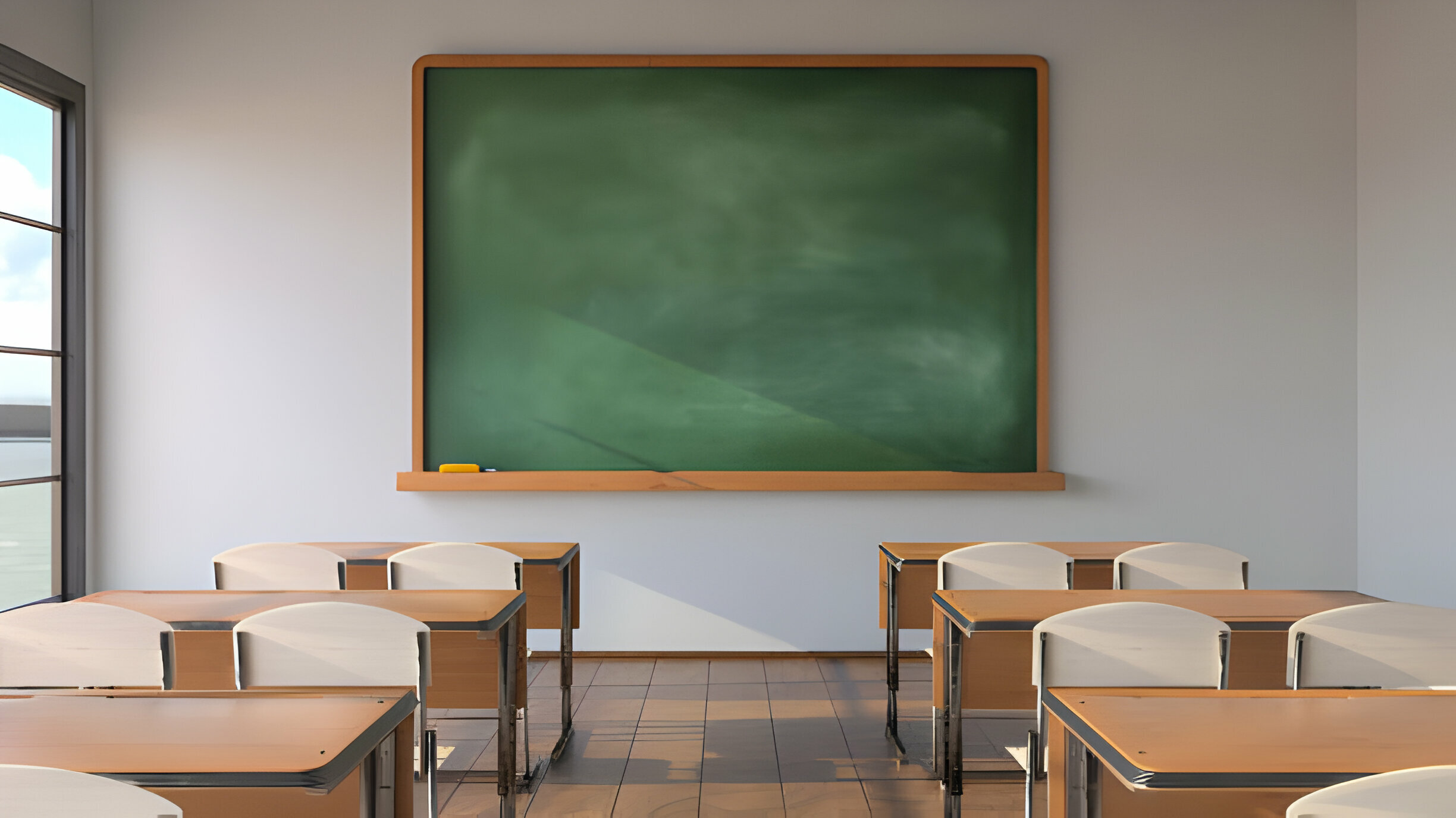Imagine you step into a classroom, brimming with life and possibility. As you look around, you see the essential furniture – desks, chairs, bookshelves – ready to support your journey of learning. Your hand reaches for a pen or pencil, knowing it’s a must-have tool for capturing ideas on paper. Notebooks and binders beckon, promising orderly organization. Scissors and rulers stand at attention, ready to assist in creative projects. And amidst it all, backpacks wait patiently to carry dreams from one class to another. Welcome to the world of education where these five things await your active participation and growth.
Essential Classroom Furniture
In the classroom, you will find essential furniture such as desks, chairs, bookshelves, tables, and cabinets. The classroom layout is carefully designed to promote a conducive learning environment. Ergonomic furniture ensures that students are comfortable while studying. Collaborative seating arrangements encourage teamwork and cooperation among students. Storage solutions like bookshelves and cabinets help keep the classroom organized and tidy. Interactive whiteboards provide a modern and interactive way of presenting information to students. These boards allow for multimedia integration, making lessons more engaging and interactive. Overall, the combination of these essential pieces of furniture creates a functional and student-friendly classroom environment that promotes active learning and enhances student engagement.
Must-Have Writing Instruments
Make sure you have a pencil, pen, marker, highlighter, and colored pencil in your writing instrument collection. These writing tools are essential for your classroom experience. Pens are especially important as they allow you to annotate your textbooks and make notes that stand out. Highlighters can be used effectively to emphasize key information and important definitions in your readings. Notebooks are also beneficial as they provide a space for you to write personal notes and review them later, which has been proven to improve learning outcomes. Additionally, technology plays a significant role in the classroom by providing access to educational resources and tools that enhance engagement and learning. Lastly, embracing creativity allows you to approach assignments and projects from different angles, fostering problem-solving skills and showcasing your unique talents.
Indispensable Stationery
Pens and highlighters are essential tools for annotating textbooks and emphasizing important information. Using stationery in the classroom has several benefits. Personalized notebooks allow students to make their own notes, which has been proven to improve learning and retention. Technology can enhance learning by providing interactive resources and online platforms. Teachers play a vital role in fostering creativity by bringing subjects to life and providing guidance and inspiration. Creating a welcoming classroom environment is crucial for student engagement and motivation. Bright colors, decorations, and artwork can stimulate curiosity. Establishing routines and procedures provide structure and predictability for students, promoting positive academic engagement. So, don’t forget the importance of stationery in your learning journey!
Important Tools for Learning
Don’t underestimate the impact that having the right tools can have on your learning experience. Effective note-taking strategies, enhancing classroom engagement, benefits of technology integration, encouraging a growth mindset, and fostering creativity in learning are all essential aspects of a successful education. With the right tools at your disposal, such as notebooks for taking organized and personalized notes, technology to access educational resources and tools like interactive Smartboards or online platforms, you can enhance your learning journey. These tools not only improve retention but also promote active participation and critical thinking skills. Embracing failure as an opportunity for growth and nurturing creativity through collaborative projects allows you to explore new ideas and develop problem-solving abilities. So equip yourself with the right tools and unlock your full potential in the classroom.
Miscellaneous Classroom Necessities
Backpacks are essential for students to carry their books, supplies, and personal items in the classroom. They not only serve as a practical tool but also contribute to creating an inviting classroom environment. By embracing failure for learning, students are encouraged to take risks and learn from their mistakes. This fosters creativity in learning as students explore different approaches and solutions. Additionally, the integration of technology in the classroom enhances student engagement and provides access to educational resources and tools. However, it is important to remember that technology can never replace the importance of students in the classroom. Students play an active role in the learning process through their engagement, participation, and unique perspectives. Their presence is crucial for creating a dynamic and enriching learning environment.
The Role of Students, Teachers, and Technology
Students, teachers, and technology all play important roles in creating a dynamic and enriching learning environment. The importance of student engagement cannot be overstated. When students actively participate in class discussions, ask questions, and contribute their unique perspectives, the learning experience becomes more meaningful and effective. Teachers also have a crucial role to play in the classroom. They bring subjects to life through their passion and expertise, providing academic and moral support to students. Additionally, integrating technology for enhanced learning can greatly benefit students. Digital resources such as interactive smartboards and online platforms can make learning more engaging and interesting. Embracing failure as a learning opportunity is another key aspect of education. By encouraging students to take risks, make mistakes, and learn from them, we foster resilience and a growth mindset. Finally, fostering creativity in the classroom allows students to explore different ways of learning and problem-solving. By providing opportunities for collaboration with peers and showcasing their unique talents, we encourage creativity in education.



